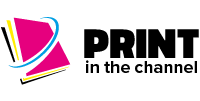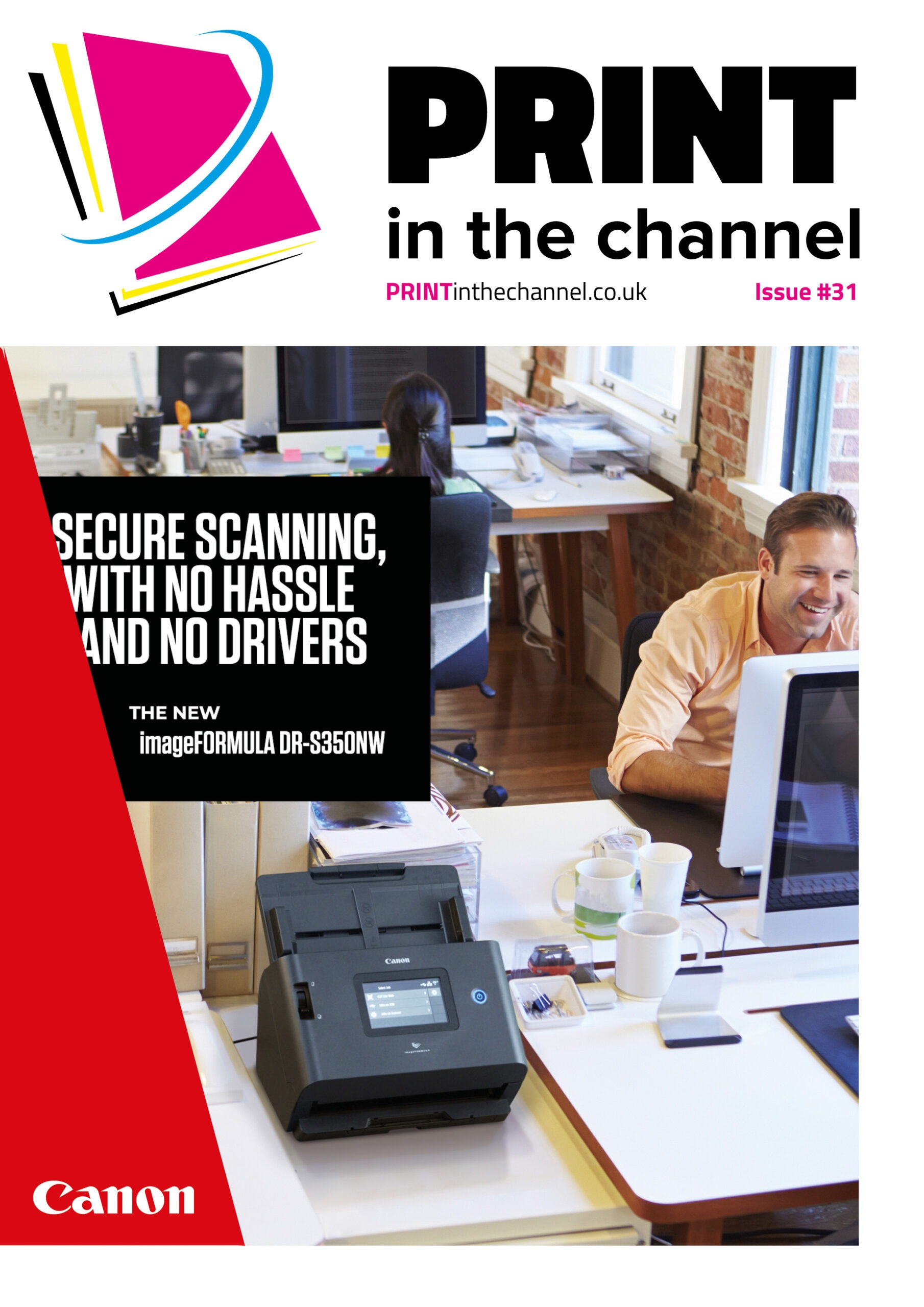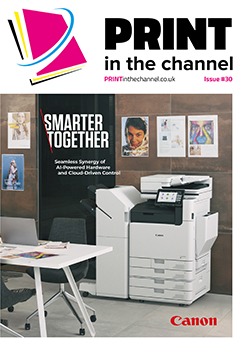This article first appeared in Print in the Channel magazine issue#28.
The NHS has made strides towards digitalisation, but there is much more that could be done, and document management solutions can play a big role, which provides opportunities to resellers, as Grace Nam, strategic solutions manager at Laserfiche, explains.
In recent years, the NHS has made positive progress towards digitising its operations. Processes that were traditionally heavily reliant on paper, such as patient referral forms, can now be delivered to patients via email or text.
A study of the NHS’ supply chain revealed that digitising patient referral forms in the NHS Home Delivery Service saved more than 200,000 sheets of A4 paper – which, when stacked, would be the height of a six-storey building. Eliminating paper referral forms not only helped to reduce the NHS’ carbon footprint, but also resulted in valuable cost savings, removing the need for printer cartridges and associated energy costs.
Despite these steps, wide scale digital transformation and the rollout of new technologies has remained a challenge. A recent survey from BMJ across 182 trusts found that seven trusts were only using paper notes, while 71% used paper notes alongside electronic patient records. Introducing fully digital and electronic prescription services has remained difficult as a result.
Thankfully, the technologies are available to address these challenges. Document management systems are changing the game for busy healthcare professionals, who can access patient data at the click of a button, when and where they need it. Before capitalising on new technologies, such as artificial intelligence, healthcare leaders need to get the basics right. We’ll look at the ways in which document management systems are set to create more seamless, intuitive and secure experiences for patients and staff alike.
Centralising data across a sprawling tech infrastructure
Founded in 1948 and employing 1.7 million people, the NHS is one of the largest employers in the world. Unsurprisingly, its systems are highly complex – built up piece by piece over decades. Different departments rely on different platforms, and sharing data is often a challenge. Keeping information flowing smoothly has become a persistent pain point for staff.
Data siloes continue to impact patient care: a recent survey indicated that one in four patients in the UK found errors in their medical records. When healthcare professionals are working across dispersed systems and different mediums, it’s easy to make errors.
This is where a robust document management platform can make a real difference. Through these platforms, health organisations can centralise access to patient records and administrative documents. Instead of digging through outdated paper files for misplaced patient forms, staff can view everything, from medical histories and test results to consent forms and care plans, in one place.
Document management platforms also make it easy to track all versions of a file, view changes and compare versions if needed. This is a gamechanger for clinicians who want to view any amends to a form or understand treatment plans with greater accuracy and attention to detail. These systems can also support healthcare staff to comply with complex regulatory requirements such as GDPR, thanks to automated retention policies that manage documentation throughout its lifecycle.
Outdated filing systems: an appealing opportunity for cyber attackers
The NHS has another compelling reason to take document management systems seriously: cybersecurity. Public institutions are among the most frequently targeted organisations in the world. Healthcare is particularly vulnerable given the sensitivity of the data held; and its disparate systems are an appealing target for threat actors seeking low barriers for entry.
Document management systems can reduce the likelihood of data being compromised via secure storage, encryption and stringent access controls. Access controls only allow users with specific permissions to read, edit and download sensitive documentation. This helps to limit the attack surface and improves resiliency of healthcare institutions.
Audit trails are another useful tool that make it easy to track user activities and provide a detailed history of document access and modifications. Unusual access attempts can be spotted at speed, IT teams notified and corrective action taken to resolve any vulnerabilities before they are able to impact patient care. Tools such as document redaction also make it possible to omit sensitive information automatically, removing margin for human error.
Go back to basics to capitalise on the AI opportunity
As the UK government looks to capitalise on the efficiencies offered by AI, robust systems for digital document management will lay the foundation for major innovations in healthcare. However, healthcare leaders can already feel the benefits of AI on a smaller scale by integrating it into everyday processes, to streamline how data is managed, processed, and interpreted.
Tools such as intelligent data capture make it easy to process reams of data and index it at speed. By analysing huge amounts of patient information and medical records, AI can unearth hidden trends, patterns and identify anomalies. And AI models are only improving over time. As AI evolves, it will be able to support clinicians and make recommendations for care plans, tailored to a patient’s individual treatment needs and medical history. Data indexing will also be able to support clinicians to sift out high-priority tasks from those that are less urgent; for example, identifying high-risk individuals who require immediate, targeted interventions.
The future of the NHS is digital
Into the future, digital document management must be considered as a technology that is fundamental to seamless patient care. The benefits are numerous and clear; reduced administrative burdens on staff, improved data security, mitigating growing costs related to storing medical records, and more person-centred care, to name a few. Recent NHS guidance outlined the need for better interoperability: the seamless exchange of accurate patient information between different departments and offices.
Document management systems are the key to create healthcare institutions that ‘speak’ to one another, facilitating more effective information sharing, and medical histories that are kept up to date in real time.
With the right systems in place, healthcare providers can better protect sensitive information, meet regulatory obligations, and, crucially, prepare for a future where AI plays a meaningful role in delivering smarter and safer care, faster.










